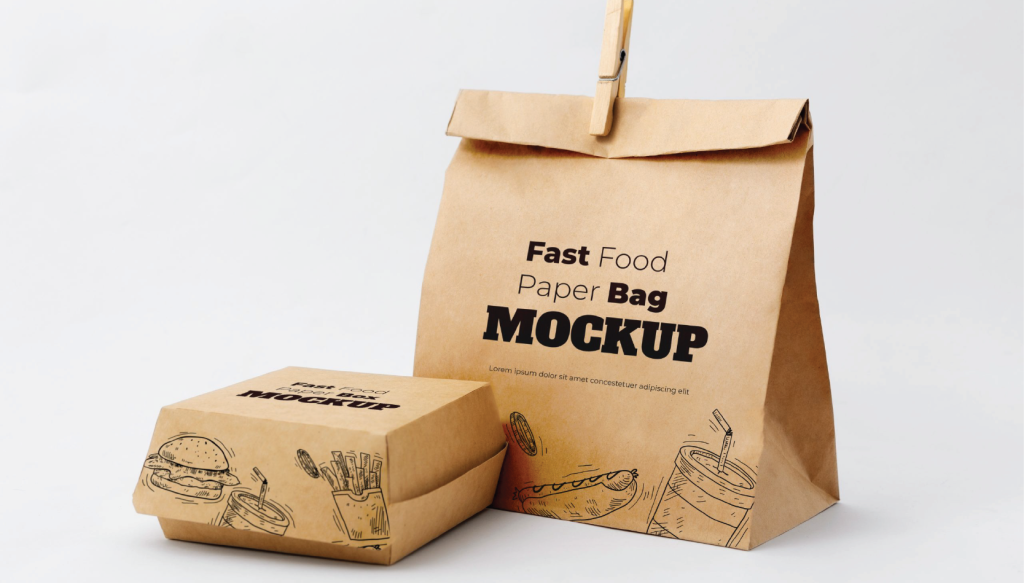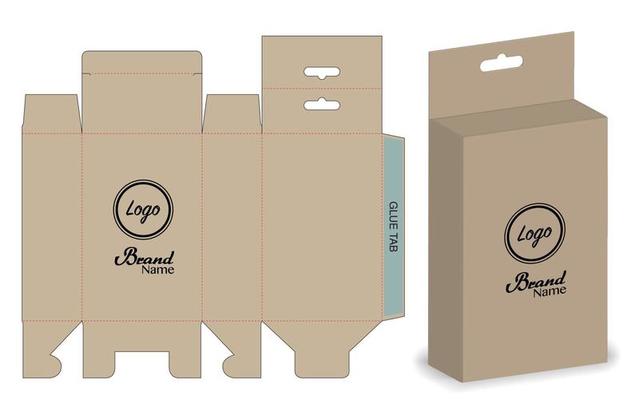Picture this: You’re looking at the cereal aisle in the grocery store, and you feel crushed with the variety of about 847 different packaging designs while one of the cereal boxes flirts with you on the shelf. In the meantime, three products east of that is a box that’s so forgettable that you’ve stared at it seventeen times without knowing it’s there. This is the uber-competitive, spot-on retail packaging arena where initial impressions are measured in micro-seconds and second chances are hard to find like unicorns!
Your packaging isn’t just a container—it’s your product’s wingman, therapist, and sales representative all wrapped into one. And just like that friend who either helps you meet interesting people or accidentally insults everyone at parties, your packaging is either working magic for your brand or quietly sabotaging your success while you sleep.
The Great Shelf Psychology Experiment
Just imagine the contemporary consumer: the jittery, stressed-out customer making shopping decisions in the timeframe of a contestant on a game show. They have that purposeful attention of a security guard and nonexistent tolerance of a toddler about to sleep. It’s in this mayhem that your packaging must speak in about 1.3 seconds “pick me! I’m just what you need!”
It’s not a matter of who shouts the loudest on the shelf; it’s like yelling in the library by marketing standards. It’s a question of being the most convincing, the most credible and the most ‘I-can-help-solve-your-problems’ package in your category. It’s tactical titillation and not pathetic hankering.
The psychology behind packaging design is fascinatingly manipulative (in the best possible way). Colors trigger emotions faster than opening a heartfelt text message. Shapes communicate quality levels your customers don’t even realize they’re processing. Typography whispers promises about what’s inside, while imagery creates instant emotional connections that influence buying behavior.
The Template Tragedy (And Other Packaging Horror Stories)
We need to address the elephant in the design room: generic packaging templates. The ones that swear they give professional results but are actually like aesthetic elevator music. Having a template on your packaging would be akin to putting a “Hello My Name Is” sticker on at a social event; technically it works, but a clear non-starter.
The worst disasters occur when companies treat their packaging as an afterthought. They’ll add the logo on a white background and say, “well, that’s good for the day”, not realizing that white backgrounds are the graveyards of brands. In the meantime, their rivals are spending money on packaging that’ll narrate something, provoke feelings and leave an impression worth sharing on Instagram.
Connoisseurs of packaging know that all surfaces should be treated as prime property. They don’t simply pile things up; instead they organize eye-catching symphonies that direct gazes, convey meanings of success and, most importantly, generate emotions that turn strangers into steady customers.
The Unboxing Experience Revolution
Thanks to social media, unboxing has become a spectator sport. Customers now expect packaging experiences worthy of documentation and sharing. This means your package design needs to perform well not just on shelves, but also in smartphone videos posted by excited customers.
To give the best packaging is to evoke a moment of pleasure which goes well beyond the sales. It’s the contrast between operative safety and unforgettable experience. Whenever your customers feel special opening your product, they’ll feel good and link such feelings to your brand and this will happen on a psychological level and would affect subsequent purchases.
Industry-Specific Visual Languages
Each industry has its visual language, and anyone who wants to be fluent in packaging design must understand such minor dialects. Beauty products talk of luxury and change via elegant fonts and high-end packaging. Food packaging assures of freshness and satisfaction with the help of tasty imagery and credible color schemes. The design of electronics packaging conveys the message of innovation and reliability through clean lines and technical precision.
The trick is to couple industry with personalized individualism. You need customers to distinguish the category of products offered and, at the same time, recall what’s special about your brand. Like talking the language, only with a peculiar accent of your own – familiar enough to be relied upon, different enough to be interesting.
The Sustainability Sophistication
Brands that reflect modern consumers’ values are becoming more and more important, and sustainable packaging is shifting from nice-to-have to competitive essential. Eco-friendly packaging doesn’t imply dropping the visual appeal; it implies approaching the environmentally-friendly concept creatively and effectively, to communicate the idea of responsibility to the environment, when achieving an alluring look isn’t compromised.
Intelligent packaging design incorporates the message about sustainability seamlessly as opposed to regarding it as an add-on. The best method proves to be environmentally savvy in the selection of materials, final design and minimal messaging that makes sense to the environmentally conscious customer without alienating the rest.
The Investment Reality
Professional packaging design isn’t an outlay – it’s a business profit with quantifiable results. Good package design boosts product appeal on the shelf, conveys quality to the consumer, grounds a higher price, and a following that’s loyal and directly converted to repeat purchases and word-of-mouth.
Ready to transform your product packaging from forgettable container to customer magnet? Explore the comprehensive packaging design services at Workvix.com and discover how strategic visual communication can turn your products into shelf superstars.
In the highly competitive world of retailing, the fantastic package is not only protection but the key to dominating the marketplace.



